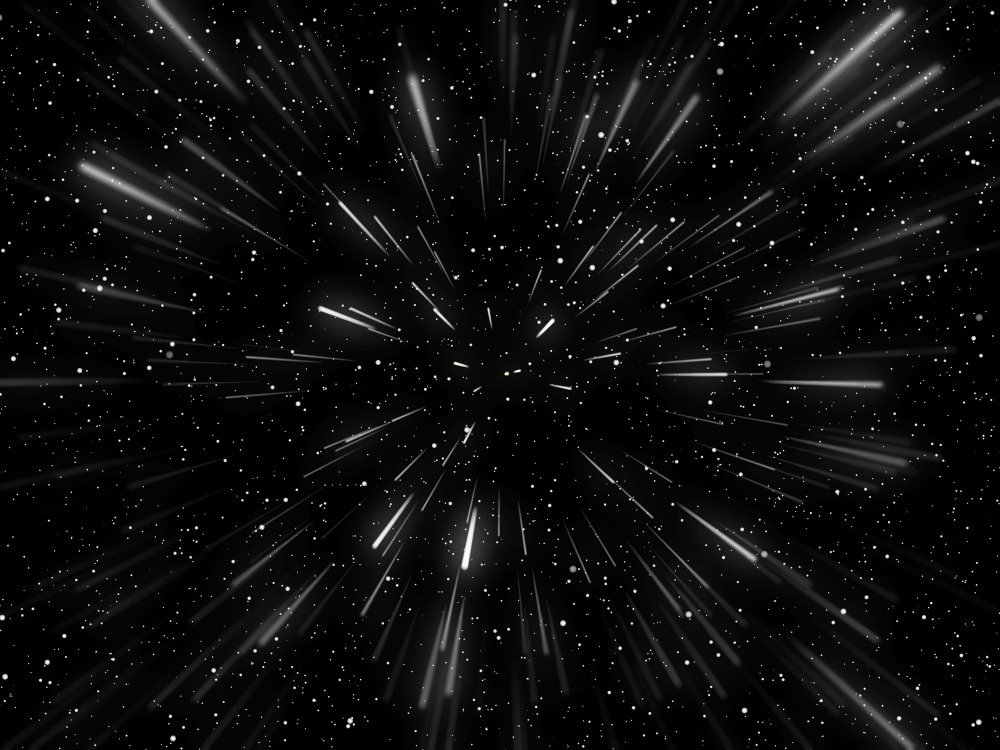Introduction:
In the vastness of space, hidden within stellar nurseries, lies the awe-inspiring phenomenon of star birth. NASA’s James Webb Space Telescope, a technological marvel, has provided humanity with an unprecedented glimpse into this cosmic miracle. Capturing breathtaking images of the birth of stars, the James Webb Space Telescope unveils the cosmic womb, shedding light on the mysteries of our universe. In this article, we will explore the significance of these celestial events and the invaluable insights they provide into star formation and the wonders of the cosmos.
The Marvels of the James Webb Space Telescope:
Unprecedented Precision: The James Webb Space Telescope is equipped with advanced technologies that allow it to observe the universe with unparalleled accuracy and sensitivity, capturing detailed images of celestial events.
Infrared Vision: By utilizing infrared light, the telescope can penetrate dusty regions and capture the birth of stars that are obscured from optical telescopes. This unique ability provides scientists with a clearer view of star formation processes.
Cosmic Time Machine: The telescope’s remarkable capabilities allow astronomers to peer back in time, capturing the birth of stars in distant galaxies billions of light-years away. This cosmic time machine provides insights into the early stages of star formation and the evolution of our universe.

The Breathtaking Birth of Stars:
Stellar Nurseries: Within vast clouds of gas and dust, known as molecular clouds, lie stellar nurseries where stars are born. These regions are dense and turbulent, with gravity slowly pulling matter together to form new stars.
Protostars: As matter collapses under its gravitational pull, it forms a dense core known as a protostar. Within this core, the process of nuclear fusion begins, leading to the birth of a new star.
Stellar Winds and Radiation: As the newly formed star continues to evolve, powerful stellar winds and intense radiation emerge, shaping the surrounding gas and dust and sculpting beautiful structures such as nebulae and star clusters.
The Significance of Studying Star Formation:
Understanding Stellar Evolution: Studying the birth of stars allows scientists to gain insights into the life cycle of stars, from their formation to their eventual death and the creation of new elements.
Planetary Systems: The birth of stars often coincides with the formation of planetary systems. By understanding star formation, scientists can unravel the processes that lead to the formation of planets and potentially habitable worlds.
Origins of Life: Exploring star formation helps us trace our cosmic origins. The elements necessary for life on Earth, including carbon, oxygen, and nitrogen, are forged within the hearts of stars and distributed through stellar explosions.
Conclusion:
Through the lens of NASA‘s James Webb Space Telescope, we are privileged to witness the breathtaking birth of stars, revealing the cosmic wonders within our universe. These mesmerizing images provide invaluable insights into the processes that shape our cosmos, from stellar nurseries to protostars and beyond. By studying star formation, scientists deepen their understanding of stellar evolution, planetary systems, and the origins of life itself. The James Webb Space Telescope continues to unravel the mysteries of the cosmos, taking us on a profound journey of discovery and expanding our appreciation for the magnificent beauty of the cosmic womb.




